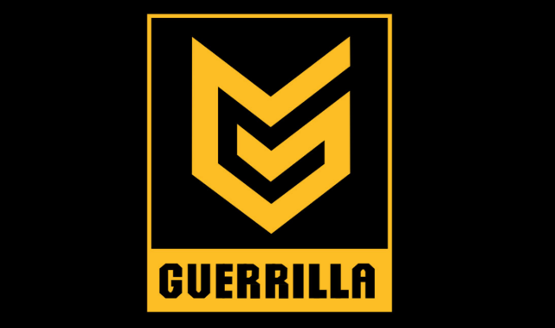Amsterdam-based studio Guerrilla Games is one of Sony’s most trusted developers, as they’ve been used to help push new consoles and accessories. While the developer is best known for creating the Killzone series, it hasn’t always been a smooth road to success. From pre-rendered trailers getting passed off as “real gameplay” by Jack Tretton to their disappointing debut release, Guerrilla Games have overcome a lot of obstacles in order to create their latest game — Horizon Zero Dawn.
A Brief History of Guerrilla Games
Guerrilla Games as we know it has roots as the gaming arm of Dutch company Lost Boys (now known as LBi), and was originally known as Lost Boy Games. 2000 would mark a big year for the studio, as it merged with two other Dutch studios (Orange Games and Digital Infinity), and released their first game — Big Brother: The Game. Their debut is pretty hilarious to look back upon, as it’s a Pac-Man clone that stars characters from the reality TV show of the same name. Nothing of note was ultimately released as Lost Boy Games, and the studio was ultimately sold to Media Republic in 2003, where the company was renamed Guerrilla Games.
Guerrilla Games’ first game would release one year after the sale, and was a third-person shooter called Shellshock: Nam ’67. Released just two months before Killzone, the shooter failed to impress on either Xbox or PlayStation 2. Beyond mediocre gameplay, it was also criticized for its poor handling of the Vietnam War, which is always a topic that needs to be covered with care.
While Shellshock didn’t end up being the debut that Guerrilla Games was looking for, they had another chance with Killzone, their heavily anticipated Sony-published first-person shooter (FPS). The good news was that Killzone was way better than the company’s previous effort. On the flip side, the game had been christened the “Halo killer,” and did not compare favorably to Bungie’s revolutionary console FPS. While Halo had revolutionary artificial intelligence, and the best online play for the era, Killzone was merely a good shooter. That wasn’t enough at the time, and the game was largely seen as a disappointment.
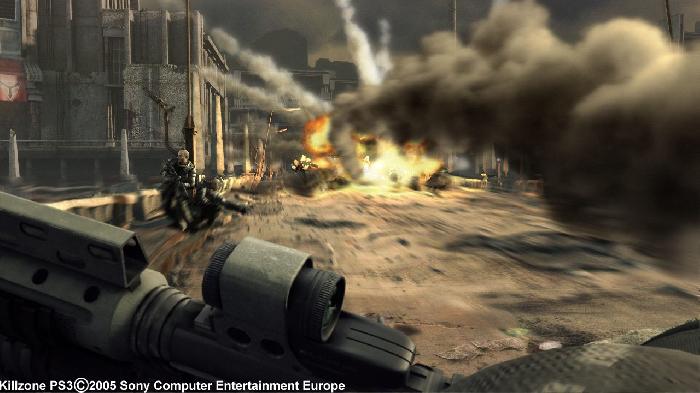
One year later, Guerrilla Games would not only revive interest in Killzone as a series, but would become the talk of the gaming world. This was thanks to their gorgeous E3 2005 trailer for Killzone that was shown off for Sony’s unreleased PlayStation 3 console. From the incredible animation to the brutal looking combat, it had essentially stolen the show. The only problem was that despite being touted as “real gameplay,” it was actually a pre-rendered video.
This caused Killzone 2 to shift from being developed for PlayStation 2 to Sony’s new console. Managing Director Hermen Hulst would later tell Gamasutra that the trailer was ultimately a good thing for the company, as they now had to “live up to [expectations],” which gave the team “a lot of focus.” This led to Killzone 2 to feature a four year development cycle, and while it never looked quite as good as the pre-rendered video did, it came shockingly close to it. The sequel largely made good on all of the promises that the series had previously shown yet never quite delivered on.
Guerrilla had essentially become the “Killzone studio” by this point, as it also released a top-down game for PlayStation Portable called Killzone: Liberation while Killzone 2 was in development. The next two sequels from the studio would have a focus on introducing new technology to gamers, as 2011’s Killzone 3 was the poster child for PlayStation Move and 3D gaming, and 2014’s Killzone Shadow Fall was the PlayStation 4 launch title.
While both games performed well for Sony, neither felt as special as Killzone 2 did. Be it diminishing returns or disappointing campaigns, it started to feel like Guerrilla Games didn’t have much more to contribute via the Killzone series. It was clearly time for a change, and thankfully the Amsterdam-based studio recognized that. They would go on to work on their first non-Killzone game in over a decade, as they announced a third-person action-adventure title called Horizon Zero Dawn. It’s a departure from everything the studio has ever made, and as our review shows, it clearly worked.
Gameography
The Future
Guerrilla Games have shown a real ability to create captivating worlds, so it’ll be interesting to see what the studio does next. They’ve never had this much momentum before, and the safe bet would be to capitalize on Horizon‘s ideas with a sequel. After all, who is going to argue with a bigger and better version of an already great game?
That said, I can’t help but feel like a sequel would be a mistake. Guerrilla has clearly made a game that can stand on its own, one that already accomplishes what the studio wanted to do. I’m sure there are other worlds that Guerrilla would love to create, and that’s what I want to see from them. If it does become a franchise, I just hope it doesn’t define the studio like Killzone eventually did.
Either way, it’s hard not to be excited about the future of Guerrilla Games. After a few bumps on the road, the studio really seems to be hitting its stride both technically and artistically. Whether their next move is a Horizon sequel, or something else entirely, all I know is that millions of PlayStation owners will be excited to play it.
Related Reading:
- Horizon Zero Dawn Review – Post-Apocalypse Phenomenon (PS4)
- Guerrilla Games Talks Horizon Zero Dawn – Mystery and Discovery
- Top 5 Things to Do in Horizon Zero Dawn (No Spoilers)
Guerrilla Games Gameography
-
Guerrilla Games
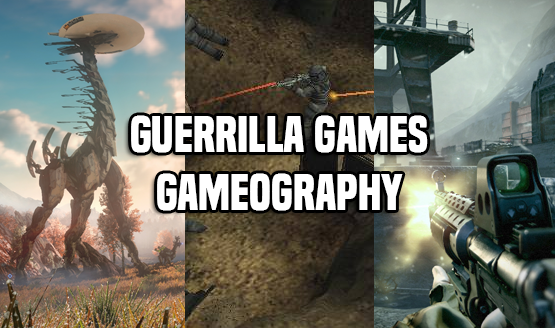
-
Shellshock: Nam '67 (2004)
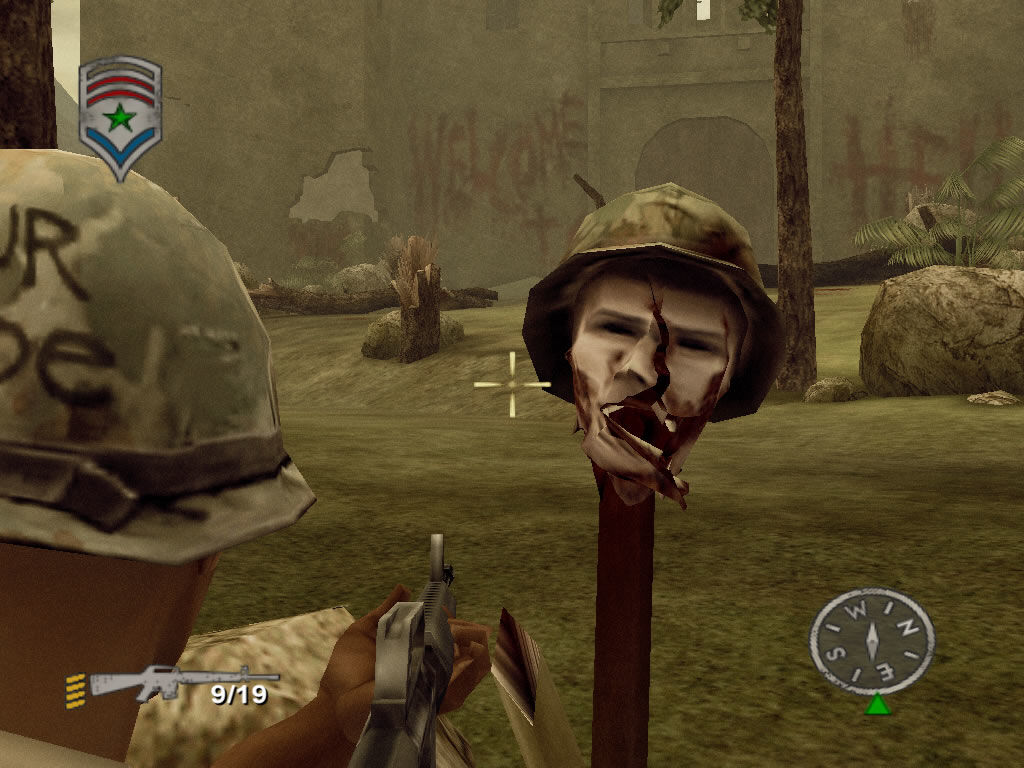
The first game by Guerrilla Games was Shellshock: Nam '67. A rather forgettable third-person shooter set during the Vietnam War, the only noteworthy element is how poorly it handled the horrors of war. Blood is plentiful, but there's no real meaning behind it other than to shock the player. Just be glad that Guerrilla switched to fictional wars.
-
Killzone (2004)
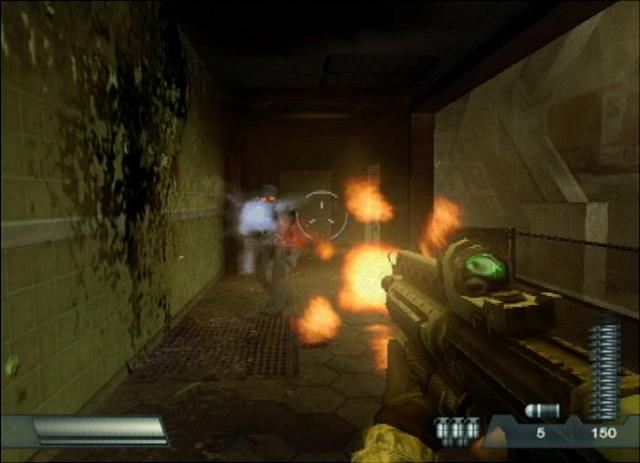
Dubbed as a "Halo Killer," Killzone was practically guaranteed to be a disappointment. While it was definitely better than Shellshock, it had little to rival Bungie's high quality shooter. The artificial intelligence wasn't as impressive, the shooting wasn't as polished, and the game has aged rather poorly as a result.
-
Killzone: Liberation (2006)
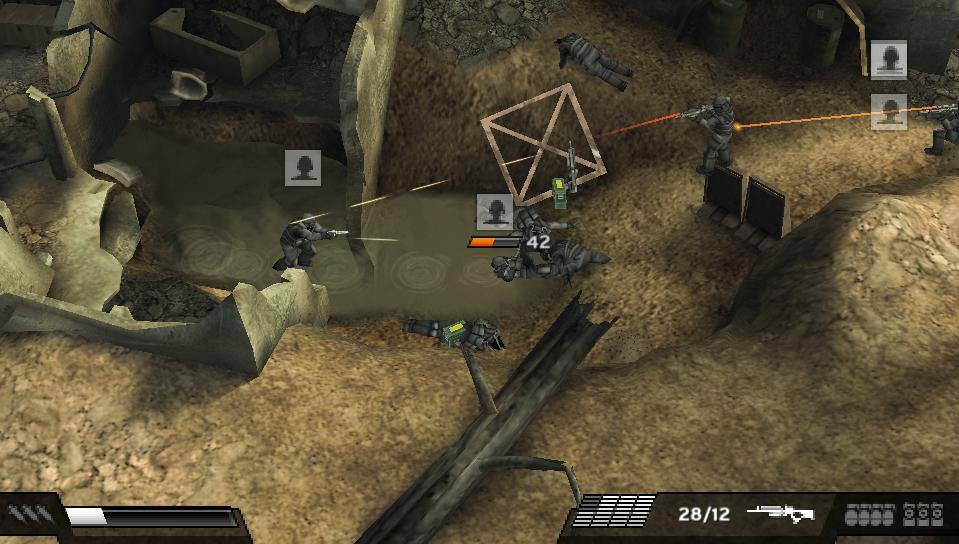
The next step for the budding Killzone franchise was one totally out of left field, as Guerrilla worked on a top-down shooter for the PSP. Called Killzone: Liberation, the portable shooter turned out surprisingly good both in single-player and in multiplayer. It showed that Guerrilla could thrive in genres other than FPS games, although that's where the developer ended up heading next.
-
Killzone 2 (2009)
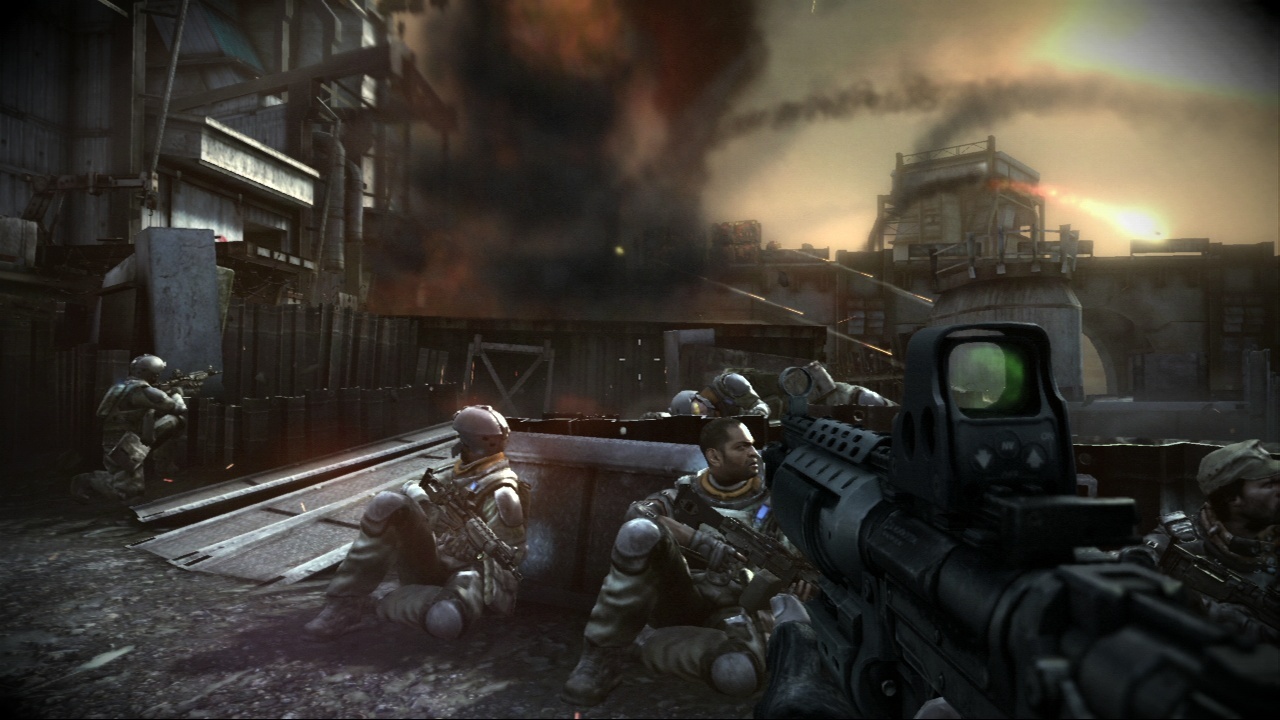
Despite featuring one of the worst video game characters ever (Rico), Killzone 2 continued Guerrilla's upward trend as a developer. It marked a huge step up from the original in every single way from story to gameplay, although a pre-rendered E3 trailer once again made expectations higher than any game could've achieved. Despite that poor decision, the studio made one of the best early PS3 exclusives.
-
Killzone 3 (2011)
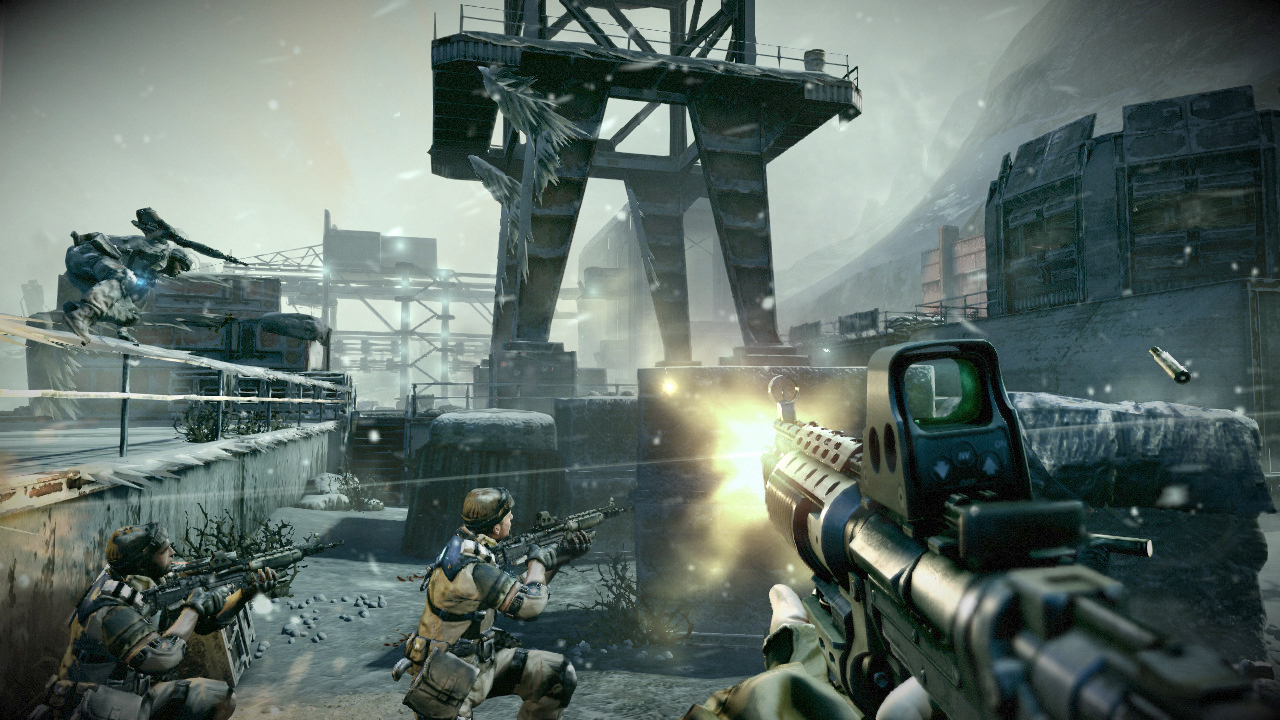
Released two years later, Killzone 3 was a solid sequel. While it wasn't quite as impressive as Killzone 2, and failed to provide a similar leap in quality, it once again offered PS3 owners a high quality exclusive. It also proved to be a technical showcase for both stereoscopic 3D gaming and the PlayStation Move controllers, as it was one of the few AAA games to support both.
-
Killzone Shadow Fall (2013)
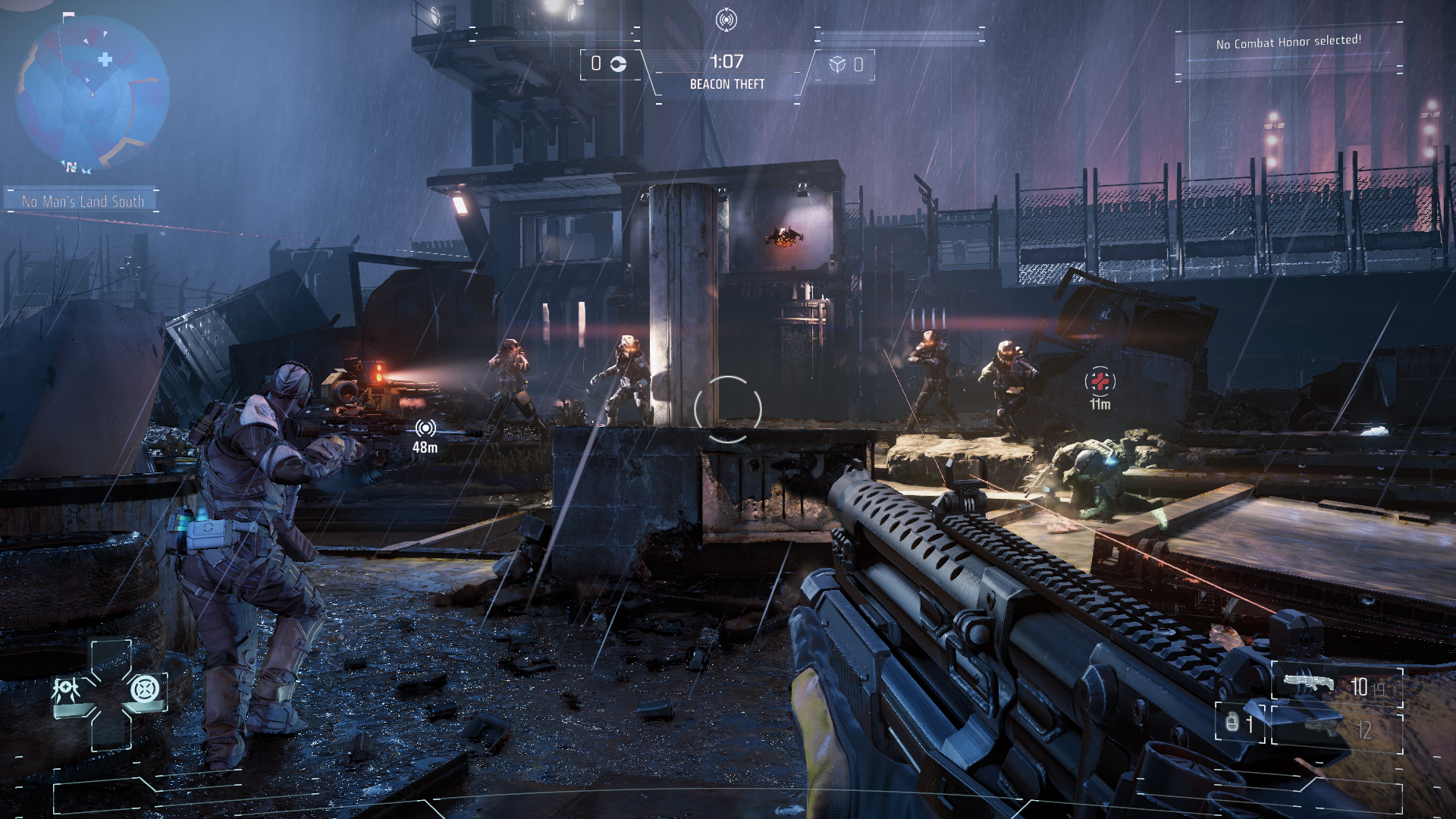
Guerrilla once again showed its technical prowess with Killzone Shadow Fall, which ended up being the best looking PlayStation 4 launch game. Sadly, it was hurt by a disappointing campaign with terrible level design, and little to offer for those that weren't into multiplayer. While the gameplay was technically sound, it seemed pretty obvious that a shake up was needed.
-
Horizon Zero Dawn (2017)
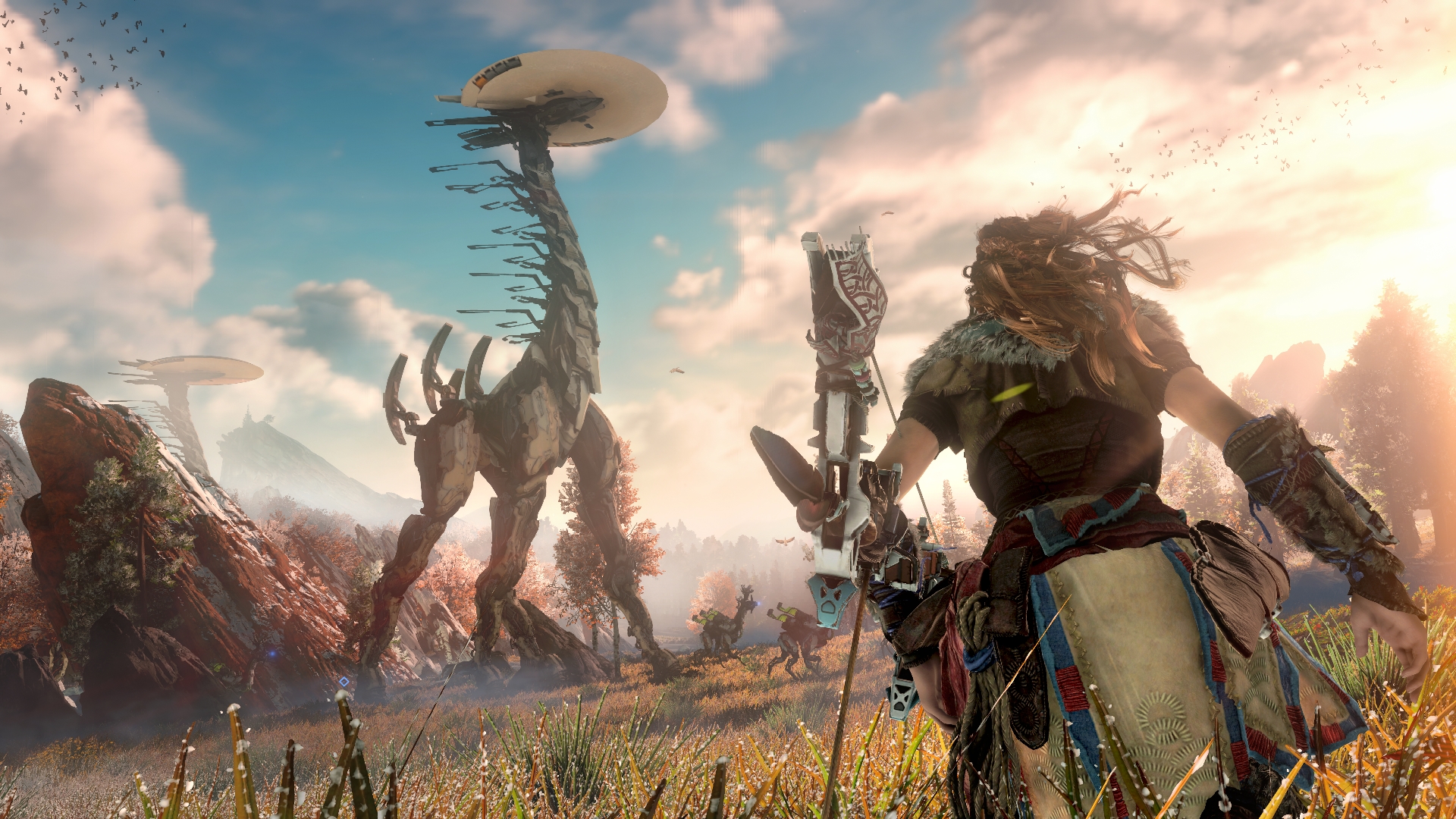
A shake up did occur, and it came in the form of Horizon Zero Dawn. This third-person action game is unlike anything Guerrilla had ever made, and early reception has it earmarked as their best game yet. It seems like Guerrilla has finally created a game that gels together from all angles.
